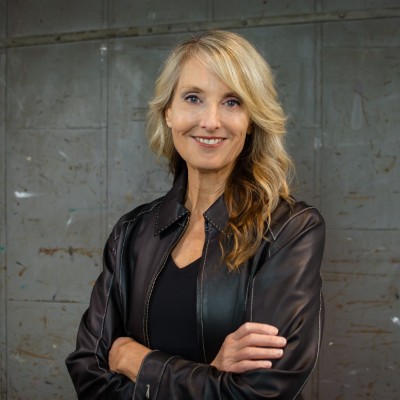- Video Library
- Cathy Skinner, NXgenPort - Maximizing Remote Care for Cancer Patients | LSI USA '24
Cathy Skinner, NXgenPort - Maximizing Remote Care for Cancer Patients | LSI USA '24

Cathy Skinner
Executive Healthcare leader with 20+ years of successful experience building businesses, differentiated products, and services that manage healthcare costs and improve patient outcomes.
Hello, I’m Cathy Skinner. I’m passionate about growing Healthcare Organizations through innovative programs and services from ideation to commercialization. I empower patients to thrive.
► MY CAREER EXPERTISE:
I have launched three companies that provide products and services for cancer patients and their loved ones. I move companies from ideation to commercialization by bringing together top talent and subject matter experts to build differentiated patient experiences. I hold two patents and have formed a strategic collaboration with Mayo Clinic to build an implantable medical device company. I have led a clinical trial funded by the National Cancer Institute. I coached 400+ cancer patients empowering them through physical activity and nutrition.
► RELEVANT SKILLS:
Executive Leadership, Startups, MedTech, Business Development, Sales, Program Management, Strategic Partnerships, Telehealth, Investor Relations, Remote Patient Monitoring, Tele-Coaching, Digital Health.
Cathy Skinner
Executive Healthcare leader with 20+ years of successful experience building businesses, differentiated products, and services that manage healthcare costs and improve patient outcomes.
Hello, I’m Cathy Skinner. I’m passionate about growing Healthcare Organizations through innovative programs and services from ideation to commercialization. I empower patients to thrive.
► MY CAREER EXPERTISE:
I have launched three companies that provide products and services for cancer patients and their loved ones. I move companies from ideation to commercialization by bringing together top talent and subject matter experts to build differentiated patient experiences. I hold two patents and have formed a strategic collaboration with Mayo Clinic to build an implantable medical device company. I have led a clinical trial funded by the National Cancer Institute. I coached 400+ cancer patients empowering them through physical activity and nutrition.
► RELEVANT SKILLS:
Executive Leadership, Startups, MedTech, Business Development, Sales, Program Management, Strategic Partnerships, Telehealth, Investor Relations, Remote Patient Monitoring, Tele-Coaching, Digital Health.

17011 Beach Blvd, Suite 500 Huntington Beach, CA 92647
714-847-3540© 2025 Life Science Intelligence, Inc., All Rights Reserved. | Privacy Policy







